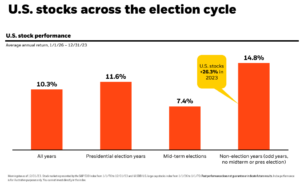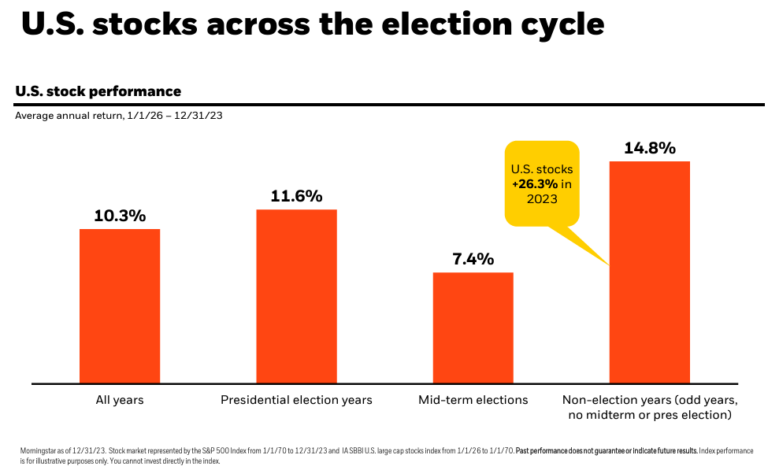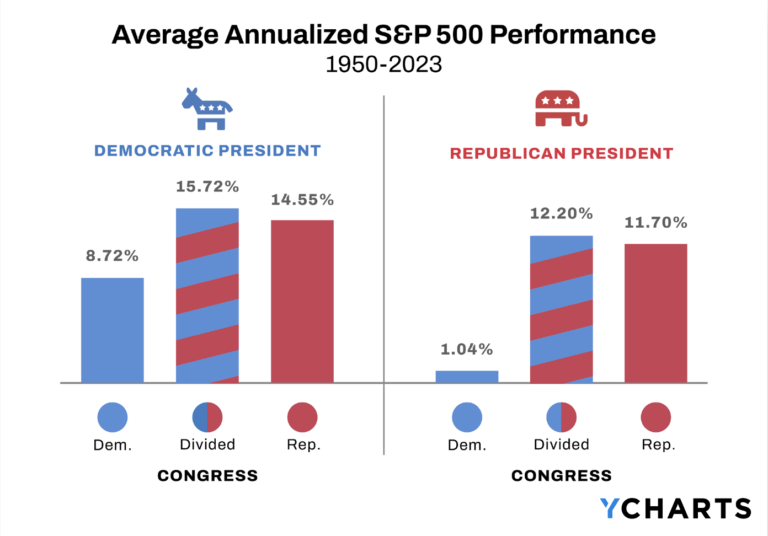Do you need a financial plan? Maybe not. A full written financial plan is a robust analysis as of one point in time. This differs from general financial planning, which the Certified Financial Planner Board describes as advice on how to achieve short and long-term financial goals. You can’t have a financial plan without financial planning, but you don’t need a comprehensive written plan to benefit from ongoing financial advice.
What is a financial plan?
What’s included in a financial plan or model? Deliverables and level of detail in the analysis varies between advisory firms. At Darrow Wealth Management, all our financial models include cash flow, net worth, and retirement projections, as well as a Monte Carlo stress test analysis. Other modules and areas for analysis depend on the situation.
Examples include modeling the sale of a business, major purchase (e.g. vacation home), what-if analysis, or liquidation strategies for stock options after an IPO.
Here’s when you likely need a financial plan
A model is the only way to bring your entire financial picture together. From cash flows to savings strategies and tax implications, a plan helps quantify different planning approaches, compare scenarios, and weigh options to meet your goals.
Robust plans are typically most appropriate in situations where the following three factors apply:
- Goals are clear, quantifiable, and core assumptions can be made with a reasonable degree of certainty
- There’s complexity, planning options, and a decision to make following the analysis
- Need to quantify tax planning opportunities and implications
Data quality is key in financial modeling
Garbage in, garbage out. A financial plan cannot be useful unless the assumptions that go into it are accurate and well-defined. What’s the use of a plan that shows you can retire in tax-free Florida at 67 if you don’t want to work a day past 60 or move from California?
Other common examples of nebulous data include: pondering career changes (starting a business or one spouse staying home), disagreements about the purchase price for a new or second home, or timing and value related issues around selling a business or proceeds from a windfall.
Sometimes these questions are great for what-if scenarios, but not if a key part of the whole analysis. Many people will benefit from doing a full financial plan at some point in their lives. But it doesn’t always make sense to do so now.
What decision(s) can you make with the results?
If there’s no decision or action likely to come from the analysis, you may not need a financial plan. Models are most effective when planning opportunities exist, there are multiple (perhaps competing) goals, or alternate paths to consider.
Here are several examples:
- After a windfall, determine how to allocate extra cash between college savings plans, a brokerage account for retirement, maximum boat budget
- Assess after-tax income stream if retiring at 55 or 62, how the possible purchase of a vacation home will affect cash flows, and whether it’s better to buy with cash or a mortgage
- Analyze pre-tax vs Roth 401(k) contributions, mega backdoor Roth, or a Roth conversion strategy in retirement considering cash flow needs, tax savings, and legacy goals
As the situations above illustrate, to simultaneously analyze all the relevant aspects of a complex decision, you’ll need a financial plan. While a model is the only way to put all the pieces together, it’s also important the plan is actionable and decision driven.
Sometimes, investors aren’t facing a major decision and just need a to get a sense of what maxing out their 401(k) could get them in retirement income.
Need to quantify tax planning opportunities
It’s always important not to let the tax tail wag the dog when making financial decisions. But many money moves have tax implications and cash flow considerations. A financial plan integrates these components together, balancing alignment with long-term wealth goals.
For example, if someone is charitably inclined, there are planning opportunities with donor-advised funds and qualified charitable distributions. Knowing this objective, tax planning with Roth strategies may not make sense within the context of the entire situation. A financial model can help to quantify the best approach.
Alternatively, if the goal is to leave an inheritance to family, investors may prefer to pay the tax using Roth strategies even if there aren’t any tax savings. Or since non-spouse beneficiaries now must take inherited retirement accounts in 10 years, perhaps it’s best to spend these assets as taxable brokerage accounts are eligible for a step-up in basis (under current legislation anyways). A plan can assess the viability and magnitude of legacy planning from a cash flow perspective to help ensure the individual doesn’t risk running out of money.
In a final example, consider an employee with incentive stock options (ISOs) after an initial public offering. If held for long enough, ISOs offer tax benefits. However, there’s a real risk that the stock price could decline substantially during this time. A financial plan could help balance the optimal exercise and sale strategy for various grants from a tax perspective with funding needs for other goals.
Getting financial planning help if you don’t need a full financial plan
Financial models can be powerful planning tools in the right situations. But sometimes, there’s too much emphasis on the deliverable as a sort of magic bullet (which it isn’t). One reason a full plan isn’t always necessary is because advisors often have other tools for projections and calculations. And software isn’t always the solution, either! A key reason to work with a fiduciary advisor is their expertise and personal knowledge of your financial situation and goals. This goes far beyond fancy reports and Excel spreadsheets.
This article was written by Darrow Advisor Kristin McKenna, CFP® and originally appeared on Forbes.










